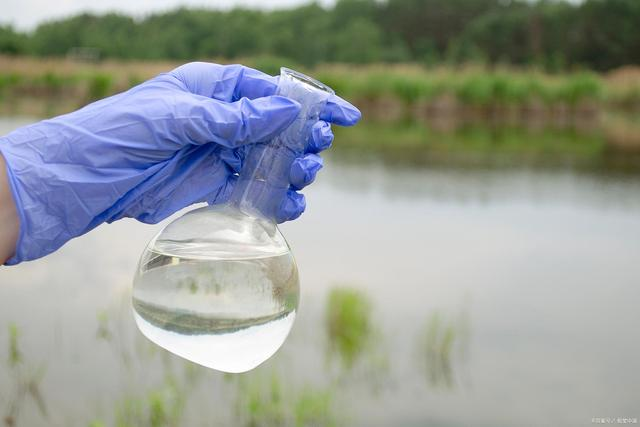pH Value Determination

?pH is the negative logarithm of hydrogen ion activity in water.

pH indirectly indicates the acidity or alkalinity of water and is one of the most critical parameters in water chemistry analysis.
Glass Electrode Method:
Apparatus:pH meter (with composite electrode), 250 mL plastic beaker.
. ReagentsPre-packaged pH buffer solutions (potassium hydrogen phthalate, mixed phosphates, borax).
| Temperature (°C) | pH Value | ||
| 0.05M Potassium Hydrogen Phthalate | 0.025M Mixed Phosphates | 0.01M Borax | |
| 0 | 4.01 | 6.98 | 9.46 |
| 5 | 1.00 | 6.95 | 9.39 |
| 10 | 4.00 | 6.92 | 9.28 |
| 15 | 4.00 | 6.90 | 9.23 |
| 20 | 4.00 | 6.88 | 9.18 |
| 25 | 4.00 | 6.86 | 9.14 |
| 30 | 4.01 | 6.85 | 9.10 |
| 35 | 4.02 | 6.84 | 9.07 |
| 40 | 4.03 | 6.83 | 9.04 |
| 45 | 4.04 | 6.83 | 9.02 |
Procedure:
(1)Buffer solution preparation:
Cut open the buffer powder packet, transfer contents to a 250 mL volumetric flask. Rinse packet interior with CO?-free water, dilute to mark, and mix thoroughly.
(2)Calibration of pH meter (pHS-2C model):
a. Connect electrode and set selector switch to "pH" mode with slope adjustment at 100%.
b. Select two buffer solutions (bracketing the expected sample pH).
c. Immerse electrode in first buffer, adjust temperature compensator to match solution temperature.
d. After stabilization, adjust calibration knob to display pH value corresponding to current temperature (see table).
e. Transfer electrode to second buffer, adjust slope knob to display correct pH value for current temperature.
(3)Sample measurement:
If sample temperature matches calibration temperature, directly immerse calibrated electrode into sample, stir gently, and record stabilized reading. For temperature variations:
- Measure sample temperature with thermometer
- Adjust temperature compensator to measured value (keep calibration unchanged)
- Immerse electrode, stir gently, and record stabilized reading.
Notes
(1) Store electrode in distilled water for short-term disuse. For long-term storage, add electrode storage solution to protective cap.
(2) Replenish external reference electrolyte (3M KCl solution) regularly for composite electrodes.
(3) Avoid contact between glass bulb and hard surfaces to prevent damage.
(4) Rinse electrode thoroughly with distilled water and blot dry with filter paper after each measurement.


 蘇公網(wǎng)安備 32050902101529號
蘇公網(wǎng)安備 32050902101529號 ?Scan WeChat QR to Follow
?Scan WeChat QR to Follow
